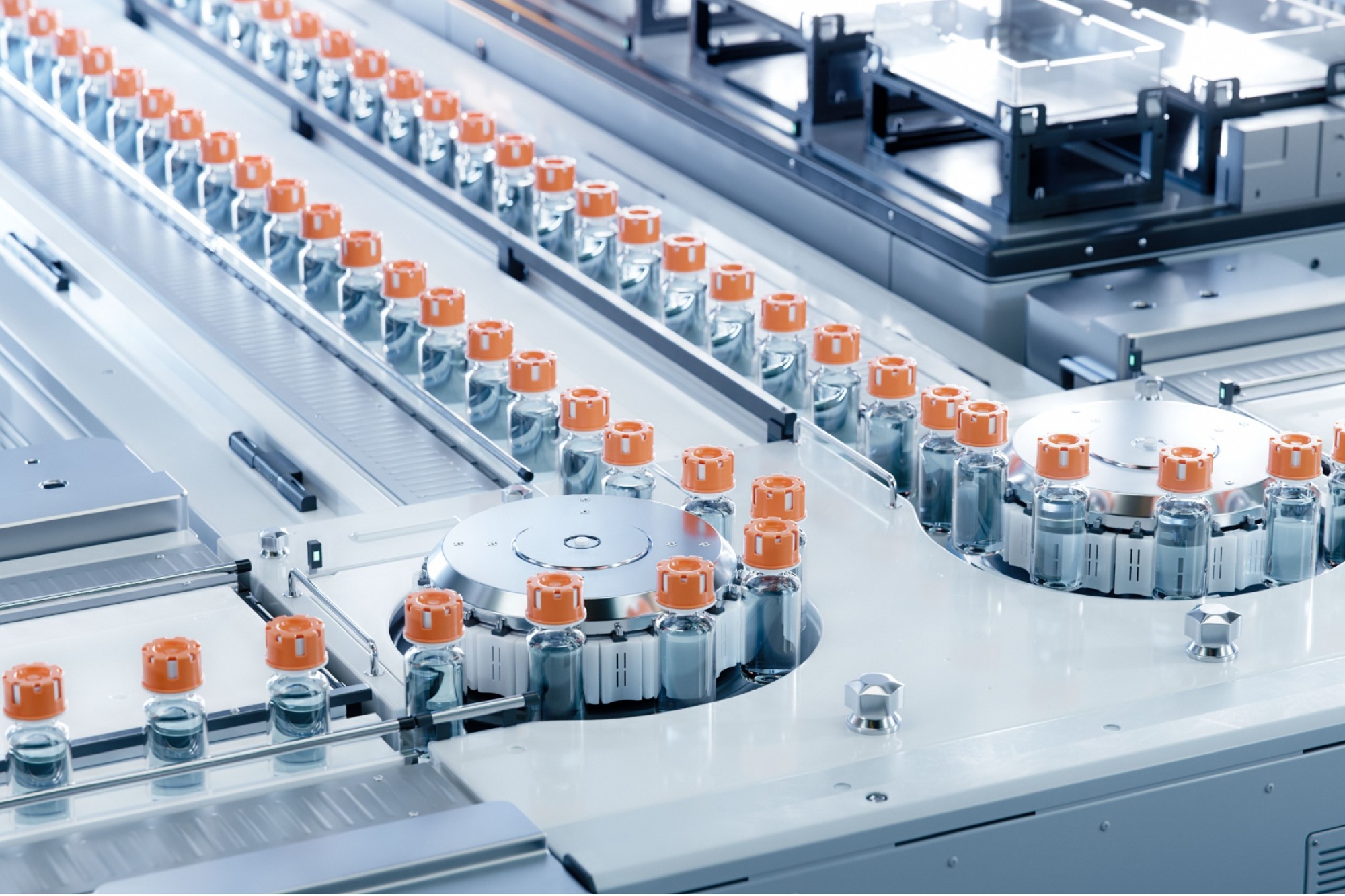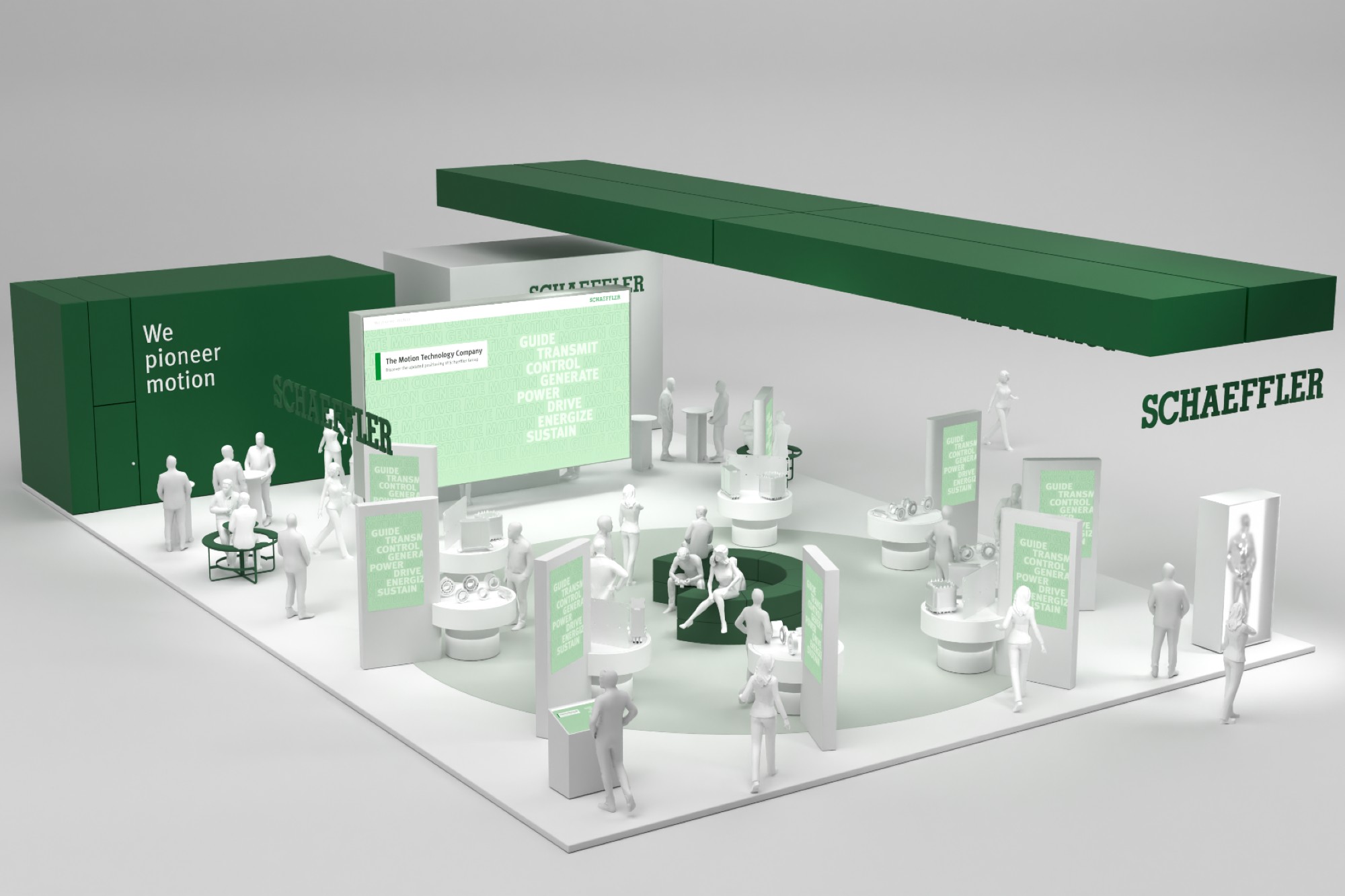Optimise factory automation with right cable
By admin November 28, 2015 11:08 am IST
How cables can play crucial role in effective automation of a manufacturing unit
The past 20 years have witnessed technology changing the nature of manufacturing. In the past starting from fabrication to manufacturing where done by humans. Now computers and technology have penetrated the industry, automation has become the competitive advantage in today’s manufacturing world. Automation has allowed for companies to mass produce products at outstanding speeds and with great repeatability and quality. It has become a determining factor in whether or not a company will remain competitive within the manufacturing industry. Still automation is setting the standards for the industry.
Current scenario of industrial automationRemarkable progress has been made since the 1980s. Many repetitive and high precision work in large factories, have been taken over by industrial robots. Today’s industrial robots have high computing capabilities, vastly improved vision systems, and increasing operational degrees of freedom. Therefore, they can essentially be considered tools of long production runs and large manufacturers. With the rapid development and proliferation of microcomputer and software technologies, automation in manufacturing is almost totally dependent on the capabilities of computers and software to automate, optimise and integrate the various components of the manufacturing system.
Industrial automation in manufacturing is the use of “intelligent” machines in factories so that manufacturing processes can be carried out with minimal human intervention. It involves the application of various control systems to enable operating equipment to carry out on their own, with little human intervention, tasks that require speed, endurance and precision. But does one know what component plays a very prominent role in running “intelligent” machines in factories? Cabling is one of the important items to think about. Some may think that any simple cable, such as a communication cable or a power cable, would do the job for whatever you need. However, there are existences of many different types of cables and not all of them are suitable for robotic applications.
In robotic applications, cable flexibility is important to consider, since the cable must follow the robot’s movements. Since even the smallest interference can lead to high costs when it comes to production failures, cable manufacturers today work towards manufacturing cables which ensures smooth and reliable operations. So hence cables are manufactured keeping in mind:• Continuous flexibility • High resistance to torsion and reverse bending• Application specific and long lasting• Slim in construction and light in weight• EMC and loss less transmission• Plug and play or complete connectivity solution• Composite cable solution.
Key applicationsCost reduction and increased safety are necessary for incorporating robots into more manufacturing floors. On one hand, current advances have driven the cost of hardware and software down. On the other hand, incorporating safety measure inherently within the robot eliminates the need for and consequently the cost of fenced-off areas. As such, the additional costs associated with safety equipment, external circuitry, and space requirements are avoided with these robotic arms. Robots today can be seen working alongside their human counterparts in almost all branches of industry, often taking on the work that is too difficult, too dangerous. They can be seen lifting heavy loads, accurately applying paint into each little nook and cranny and repeating the same production steps millions of times with the same exact precision.
Some of the applications that robotics is used for: • 3D-applications of all kinds • Industrial and lightweight robots• Industrial communication• Factory automation• Sensor technology• Identification systems• Palettisers• Mechatronic systems• Intelligent imaging technologies• Handling systems.ChallengesWhen we look at a bigger picture, there are various challenges that are faced by manufactures who have installed robots as part of their manufacturing unit. Principal activity with exceptionally challenging applications being sought for which off-the-shelf products often simply cannot deliver the perfect solution. Each robot type carries out different movement sequences and is constructed in a different way, meaning the cable systems face all manner of challenges too. Some of the challenges that are faced are:
Cookie Consent
We use cookies to personalize your experience. By continuing to visit this website you agree to our Terms & Conditions, Privacy Policy and Cookie Policy.



















